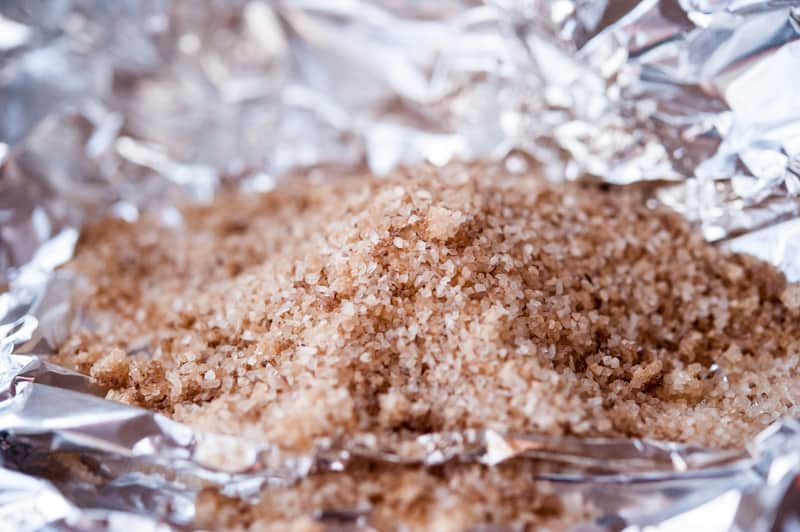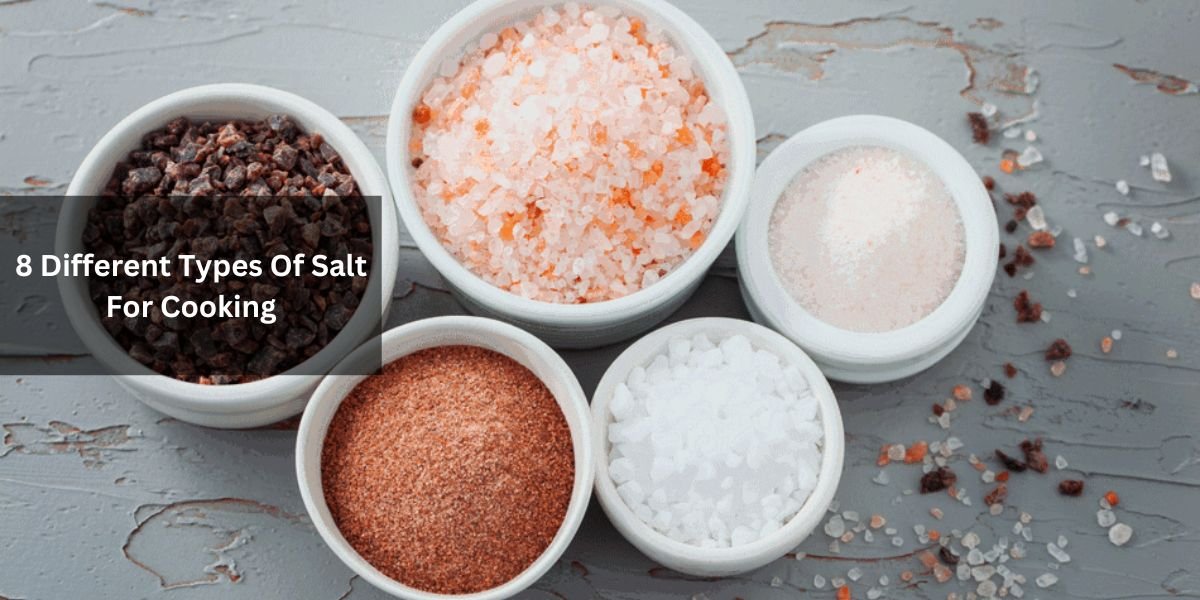Salt, a quintessential ingredient in culinary realms, is not just a seasoning; it’s an art. Beyond the basic table salt, a plethora of salt varieties exists, each possessing its unique characteristics, flavors, and culinary applications. In this article, we’ll dive into the diverse world of salt, exploring eight different types that can elevate your dishes from ordinary to extraordinary.
1. Kosher Salt: A Kitchen Staple
:max_bytes(150000):strip_icc()/GettyImages-1291435922-2000-210a8e28c67944d492b8eb8343705365.jpg)
Kosher salt, with its coarse texture and pure salt taste, is a favorite among chefs for its ability to adhere easily to food surfaces. Its larger crystals make it perfect for seasoning meat before cooking or adding a pinch to boiling water for pasta.
2. Sea Salt: Essence of the Ocean
)
Derived from evaporated seawater, sea salt comes in various forms—fine, coarse, or flaky. Its distinct mineral content and subtle flavors make it a versatile choice, ideal for finishing dishes like salads, grilled vegetables, or seafood.
3. Himalayan Pink Salt: A Visual and Tasty Delight

Mined from ancient sea beds, this strikingly pink-hued salt boasts a rich mineral profile. Its mild, nuanced flavor makes it a delightful addition to both savory and sweet dishes. Use it to impart a visual appeal and delicate taste to your meals.
4. Flaky Salt: The Gourmet’s Choice

These delicate, pyramid-shaped flakes add a delightful crunch and burst of flavor when sprinkled on finished dishes. Perfect for garnishing chocolates, caramels, or even a buttered slice of artisanal bread, flaky salt offers a delightful contrast in texture.
5. Smoked Salt: Infusing Depth and Smokiness

Obtained by cold smoking over various wood varieties, smoked salt introduces a nuanced smoky essence to foods. Enhance the flavor of meats, stews, or roasted vegetables by incorporating this unique salt.
6. Black Salt: Unconventional and Earthy

Black salt, also known as Kala Namak, hails from India and possesses a distinctive sulfurous aroma. Popular in Indian cuisine, it adds an earthy, pungent flavor to dishes like chaats, chutneys, and fruit salads.
7. Fleur de Sel: Nature’s Finest Harvest

Regarded as the “flower of salt,” fleur de sel is hand-harvested from salt pans. Its delicate, light crystals are perfect for adding a finishing touch to dishes, enhancing the natural flavors without overpowering them.
8. Red Hawaiian Salt: Bold and Exotic

This vibrant salt, enriched with volcanic clay, offers a bold flavor and a striking appearance. Use it as a finishing touch for grilled meats, seafood, or roasted vegetables to add a touch of exotic flair.
Conclusion
Exploring these eight different types of salt expands the culinary palette, offering an array of flavors, textures, and applications. From the traditional kosher salt to the exotic red Hawaiian salt, each variant brings its unique essence to the table, allowing chefs and home cooks alike to craft unforgettable dining experiences.
FAQs:
Q1: Are these different types of salt easily accessible for home cooks?
Yes, most of these salts are readily available in specialty grocery stores, gourmet food shops, and online marketplaces.
Q2: Can these salts be used interchangeably in recipes?
While they have distinct flavors and textures, many salts can be used interchangeably based on personal preference. However, for specific dishes requiring a particular salt’s characteristics, sticking to the recommended variety is advised.
Q3: Are these salts healthier than regular table salt?
Some specialty salts boast additional minerals due to their natural harvesting processes. However, moderation is key, as all salts primarily consist of sodium chloride and should be consumed in moderation.
Q4: Do these salts expire?
Salt has an indefinite shelf life when stored properly in a cool, dry place. However, flavored salts may lose their potency over time.



